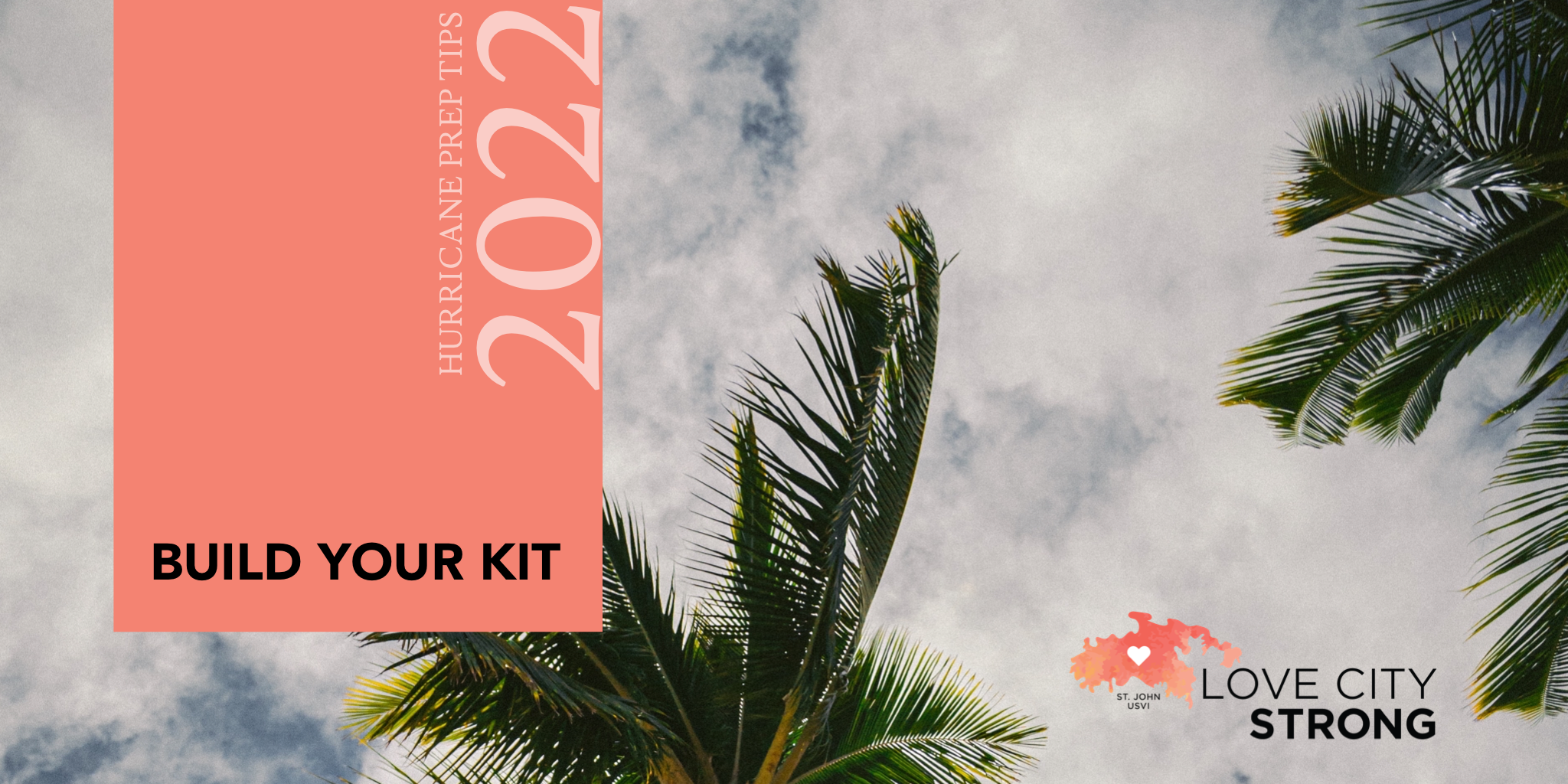
Each year around this time, we emphasize how important it is to build your kit. Generally emergency kits follow a formula : food, water, medicine, important documents… a complete list can be downloaded from Ready.gov. However, all families and households are unique, so what should you consider when building YOUR kit that will ensure it is useful for the whole household?
Access and Functional Needs
If someone in your household has access and functional needs, make sure to prioritize their supplies. This may mean packing an extra pair of prescription glasses or back up contact lenses. Perhaps hearing aids and back up batteries are your priority. Any medical supplies your family uses regularly, like oxygen, insulin, or catheters, for example, should be included. If anyone wears medical alert bracelets or tags, ensure that they are on at all times. For more information on Emergency Preparedness for Individuals with Disabilities and Access and Functional Needs, click here.
Children and Young Adults
Packing a kit for a household that includes small children or young adults is going to be very case specific. Are you a card game or board game family? Pack one or two of your favorite (and smallest) games. Is your teen a big reader? Throw in some favorite books, a book light, and a backup battery or two. If your teen is a gamer, packing a handheld device and an external charger can provide plenty of entertainment. For younger children, a favorite, comforting toy or blanket can help alleviate anxiety, and movies or tv shows downloaded onto a computer or tablet can provide a distraction in a pinch. Ready Kids has lots more great information about kids’ preparedness!
Seniors
Seniors’ comfort should be a top priority. If you are sheltering at home this is more straightforward, but if you need to go to a shelter or evacuate on short notice after a storm, your emergency kit should include a blanket, spare clothes, a jacket, comfortable shoes, and any backup supplies you may need, like adult briefs or wound dressings. Talk to seniors in your family about what forms of entertainment they prefer, and plan accordingly. For more information about how to prepare older adults for a disaster, visit the Red Cross website.
Pets
Pet Preparedness is a topic all its own! In fact, it has its own month! June is Pet Preparedness Month, and all month long Love City Strong will be spotlighting tips and best practices for keeping your animals safe during a storm. Stay tuned to our website and social media for more information!
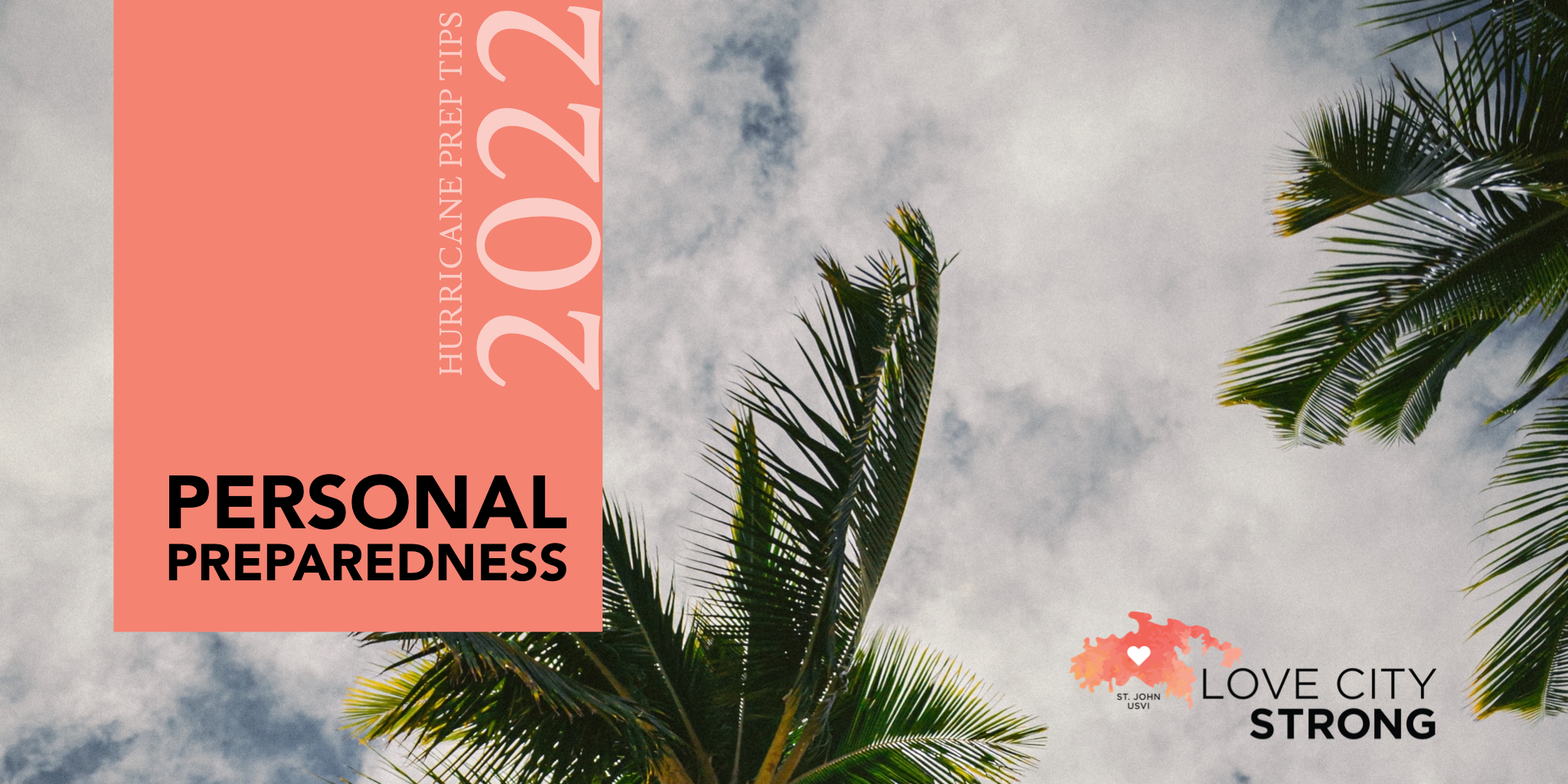
We often focus on community preparedness here at Love City Strong, but resilience really begins with personal preparedness.
When you’re on a plane and the flight attendant is giving the safety lecture, they always tell you, in the event of an emergency, place your mask on first before helping those around you. Personal preparedness functions in much the same way. By taking action early to ensure that you are as ready as possible, you make yourself more available to help your family, friends, and neighbors in the event of a disaster.
Here are a few tips to help improve your overall readiness, particularly during hurricane season:
Know your needs
Do you have dietary restrictions? Are you on a daily medication? Do you struggle to function without that morning cup of coffee? All of these are things you can plan for in advance. Make sure you have the food you need on hand, and speak to your doctor about how to safely and responsibly build an emergency supply of medication. If coffee is your lifeblood, include a camp stove and a coffee press in your emergency kit!
Know your surroundings
Maybe your home is surrounded by trees, or maybe you’re exposed to a breeze even on a calm day. Understanding your surroundings is the first step to understanding your risk. Check your home and property for potential hazards, and take steps to address them where necessary.
Know the process
Make sure you have emergency contact information written down and readily available. Include family, friends, and neighbors as well as work, insurance, and emergency numbers. Do you have a pet? Include your vet’s number as well.
Plan financially
Even if you can’t spare much, it’s important to try and set aside some emergency cash to have on hand. Whether you save your spare change and singles all year round, or team up with your roommates to start a household emergency fund, or have a savings account that serves the purpose, find a strategy that’s manageable for you and begin the journey. For more information about this and other aspects of financial preparedness, check out this article on Ready.gov.
Think about the “what ifs”
Take a few minutes and imagine what might happen if a storm came through tomorrow. Would you lose power? Would your car be secure? Would you need to reconnect with your family at a predetermined rally point, or would you likely be together? Use the preparedness planning process to poke holes in all the scenarios you can think of, and revise your plan accordingly.
Of course personal preparedness includes many things that we talk about in the context of community preparedness as well. Building a kit, making a plan, strengthening your home… all familiar concepts. The important thing to remember is to address these things in ever expanding circles, starting with yourself, then your family, then neighbors and colleagues, and the greater community. Following these steps now will make you much more useful to them in the event of a disaster!
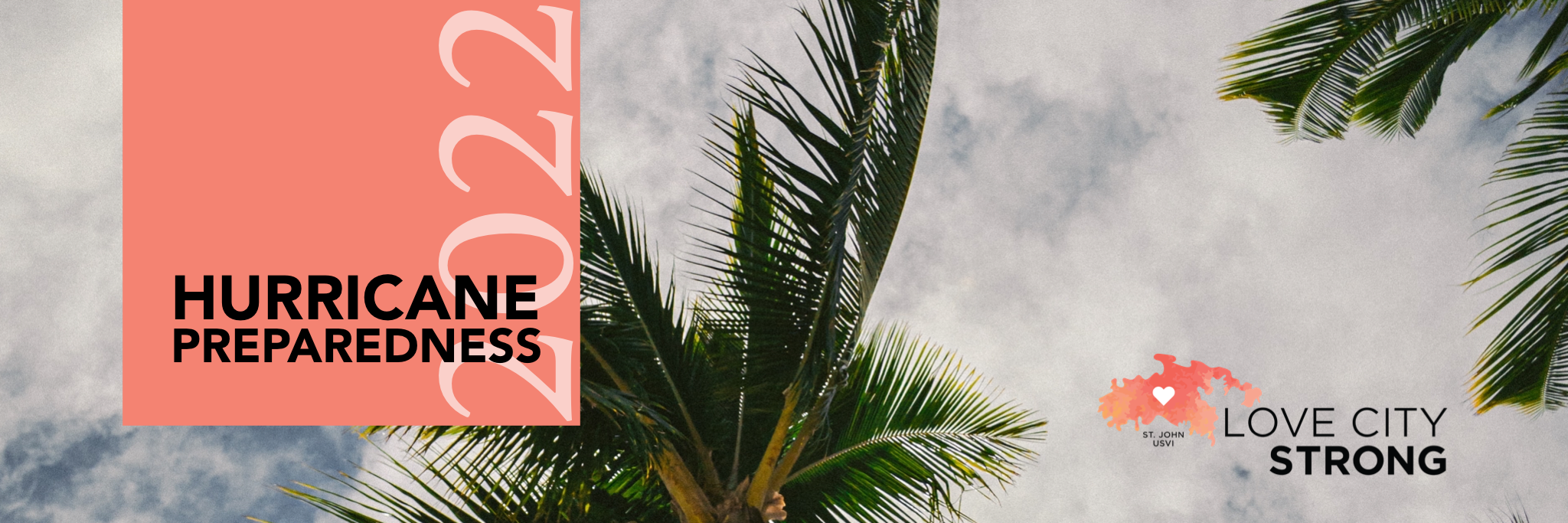
Here we are in May, again, and it’s time to start thinking about our hurricane preparedness efforts. For those of us who live in “hurricane alley”, these tasks are annual habits. Forming habits can be helpful, but sometimes they can make us complacent. Each year, it’s important to revisit your emergency plan, check your kit, and make sure your home and family are ready for the season.
Threats from hurricanes include powerful winds, heavy rainfall, storm surges, coastal and inland flooding, rip currents, tornadoes, and landslides. Hurricanes can often undergo rapid intensification, meaning they can quickly gain strength before and as they make landfall. For this reason, it’s important to begin your preparation well in advance of an incoming storm. Before hurricane season starts, you should:
- Update your emergency plan with your family
- Check your insurance and strengthen your home
- Assemble disaster supplies
- Help your neighbors
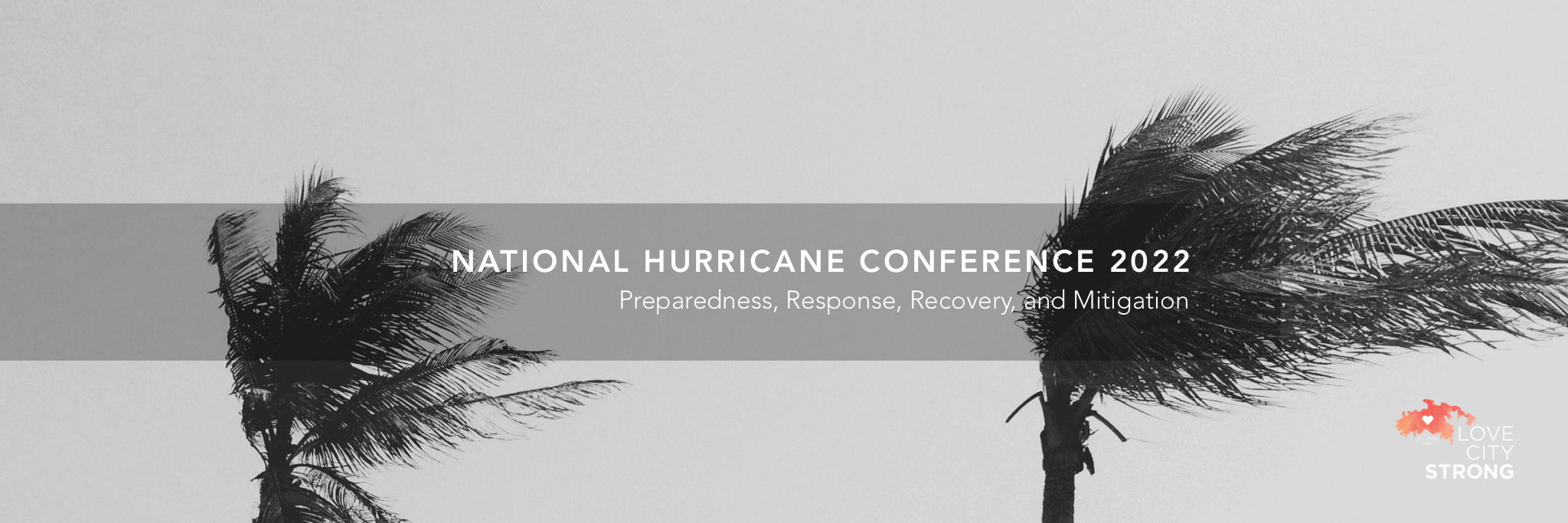
This week, I am pleased to be attending the 2022 National Hurricane Conference in Orlando. This annual event is focused on hurricane preparedness, response, recovery, and mitigation. Panels are focused on a variety of sectors, including technological developments, communications, forecasting, federal mitigation programs, public-private partnerships, and more.
One particularly exciting development this year is the presence of the Territory’s emergency management agency, VITEMA, on several panels. On Monday, Assistant Director Barbara Petersen, Deputy Director for Planning and Preparedness Regina Browne, Deputy Director of Operations Bruce Kelly, and Public Information Officer Erik Ackerson led a panel on local emergency response to the Covid-19 pandemic. Their presentation highlighted some of the challenges the Territory faced, as well as the many successes of VITEMA and the VI Department of Health over the last two years.
On Tuesday, Assistant Director Petersen and Deputy Director Browne hosted a panel focused on the Territory’s Hazard Mitigation & Resilience Plan. They were joined by Dr Greg Guannel, Director of the Green Caribbean Center at the University of the Virgin Islands. The robust discussion addressed climate change, infrastructure, and the need for systemic solutions to complex problems in the Territory.
Wednesday afternoon is dedicated to the NHC General Session. This event will include an appearance by FEMA Administrator Deanna Criswell as well as an Equity in Disasters panel. The Territory’s own Regina Browne is a panelist for the Equity in Disasters session. Along with her, a diverse group of representatives from emergency management organizations and nonprofits will discuss the importance of planning to ensure equity in disaster response.
While the VITEMA panels have certainly been relevant to our work at LCS, other opportunities abound. The NHC provides an invaluable chance to network with emergency managers, federal responders, vendors and subject matter experts from across the country. While each disaster is unique, there’s a great deal we can learn from the experiences of other communities, and we hope that our experiences are valuable to them as well. I am thrilled to be back at the National Hurricane Conference this year, and am already looking forward to next year’s meeting in New Orleans.

If you were in the Virgin Islands this morning, you likely got an alert on your phone indicating the start of the 2022 Caribe Wave tsunami drill. The phone alert would have come from FEMA’s Integrated Public Alert & Warning Systems (IPAWS), as well as VITEMA’s VI Alerts.
This year’s Caribe Wave tsunami drill was based on a scenario in which an 8.0 earthquake struck off the west coast of Puerto Rico, triggering a tsunami that will impact the U.S. Virgin Islands. The goal of the annual drill is to mimic real world response to a disaster of this kind.
What is a tsunami?
A tsunami is a large wave caused by an underground or undersea disturbance such as an earthquake. They can move at speeds of 30 mph or more, and make landfall with waves reaching anywhere from 10 to 100 feet in height. The entire Caribbean region is considered to have high levels of vulnerability and threat for tsunamis. Since 1842, more than 3,500 people have lost their lives to tsunamis in the Caribbean. Significant population growth and tourism impacts in low-lying coastal areas in recent years only increase the region’s vulnerability.
What should you do in the event of an earthquake and tsunami?
When you feel an earthquake, you should “Drop, Cover, and Hold” for the duration of the earthquake. When the shaking has passed, proceed according to tsunami evacuation plans. According to VITEMA, this means ascending to a minimum of 82′ above sea level, or greater than 2 miles inland. As an example, the first floor of the Marketplace is located 50 feet above sea level, so the LCS evacuation protocol takes us to the area behind the third floor office suites. It’s a good idea to identify the elevation of your home, office, or school in advance, and then locate the nearest, highest ground as an evacuation point if needed.
How can I be more prepared?
First, be alert to signs of a tsunami, such as a sudden rise or draining of sea waters.
Subscribe to emergency information and alerts in your area, and turn on government alerts on your smart phone. Always follow instructions from local emergency managers.
Know and practice community evacuation plans. Map out your routes from home, work, and play. Visit VITEMA’s website to see the tsunami evacuation zones in the U.S. Virgin Islands, and learn your nearest evacuation rally point.
Create a family emergency communication plan that has an out-of-territory contact. Plan where you will meet if you get separated.
Finally, consider earthquake insurance and a flood insurance policy. Standard homeowner’s insurance does not cover flood or earthquake damage.
To learn more about tsunami preparedness and the annual Caribe Wave tsunami drill, visit Tsunamizone.org, and check out the tsunami and earthquake related resources at VITEMA.vi.gov.
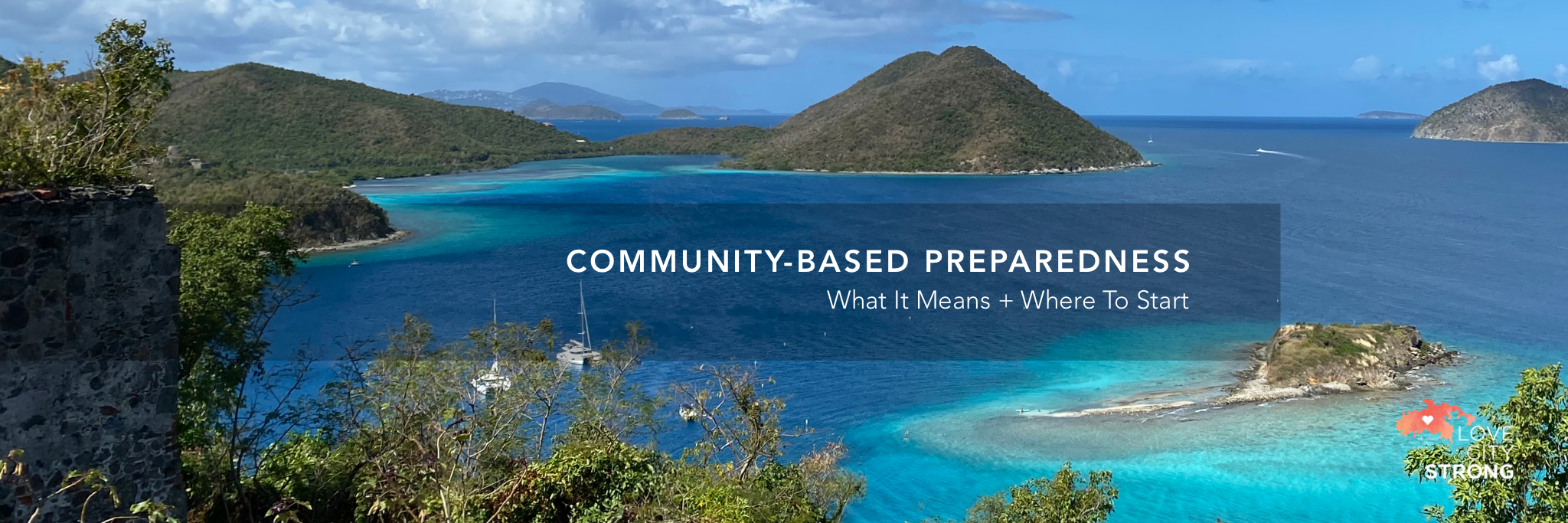
At Love City Strong, we believe that a community-based approach to preparedness is critical to success in disaster response. Research and first hand experience both show that when we are more prepared as families and neighborhoods, we improve recovery outcomes.
When embraced year-round in an all-hazards context, community preparedness improves the ability of individuals and groups to limit the effects of hazard impacts and manage their resources until help arrives. As residents of island communities, isolated by definition, it is particularly important to lean into individual and community preparedness. Our communities thrive when we develop internal resources, skill sets, and commodities that help jump start response and recovery following a disaster.
According to FEMA, many people who believe themselves “prepared” have really done very little in the way of preparation. In a survey, 40 percent of respondents did not have household plans, and nearly 60 percent did not know their community’s evacuation routes. Perhaps most troubling, while 20 percent of respondents indicated that they had a disability that would affect their capacity to respond to an emergency situation, only 1 in 4 of those reported having made any arrangements specific to that disability to help them stay safe in the event of an emergency.
So where can you begin? Community preparedness has three parts: take personal responsibility, seek out training and skill building opportunities, and connect with your community.
Take Personal Responsibility
You can’t support your neighbors and friends if you are struggling yourself. Make emergency planning for your household and your family a priority. Create an emergency plan, practice it regularly, and make sure that each member of your household is taken into account, including the needs of children and pets. Household preparedness includes building an emergency kit, learning evacuation routes and shelter locations, and planning financially for hazard impacts.
Seek Out Training and Skill Building
In the event of a disaster, you may be the first help on hand for someone. There are many opportunities to build the skills necessary to be helpful in a response, from first aid and CPR to Community Emergency Response Team (CERT) training, to HAM radio operations, and much more. In the US Virgin Islands, if you’re interested in being a medical first responder, each island has a Rescue organization you can volunteer with. For all-hazards training, you can register for CERT through the Virgin Islands Territorial Emergency Management Agency (VITEMA). Another resource is your local Voluntary Organizations Active in Disaster (VOAD), which can connect you with volunteer opportunities.
Connect With Your Community
Knowing your community is key in the aftermath of a disaster. You can start small, by making sure you know your neighbors. Who has medical issues? Who has access and functional needs that might require extra support in an emergency? Connect with your church or your local community organizations to see how you may be able to volunteer. Reach out to your local business community, including Rotary and Chamber of Commerce, to start important conversations about business continuity of operations (a topic for another day!) and emergency planning. One of the most important things after a disaster is making sure resources reach those most in need, and by knowing your community, you can help ensure that happens.
Here in the US Virgin Islands, we are used to the issues that surround hurricane preparedness. What we’ve learned over the past two years as a result of the pandemic, however, is that we can’t anticipate when, what, or where the next crisis will be. The best way to make sure our communities are safer, more resilient, and more prepared, is to start close to home.
For more resources, please visit our website, www.lovecitystrongvi.org
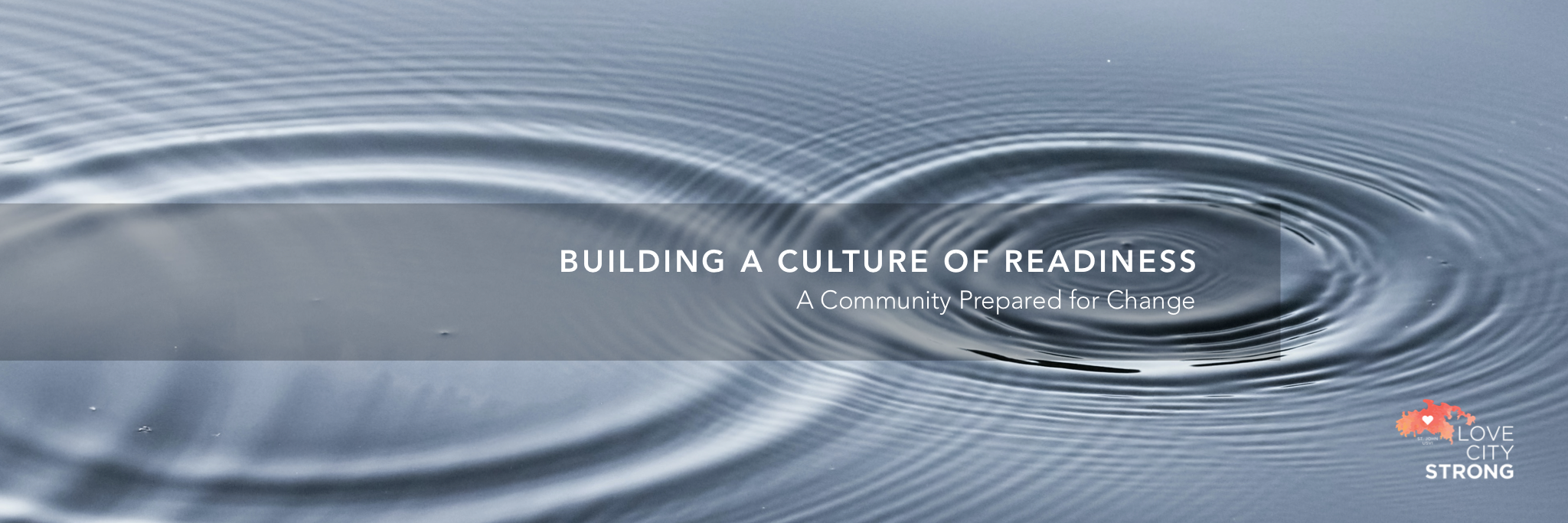
What is a “culture of readiness”, and why is it important? We often hear about building a culture of preparedness, in the context of emergency management. However, as a community recovers from a disaster impact they must not only be prepared, they must be ready for and open to change. The same is true for a society in the throes of a pandemic, learning the “new normal”. Change is inevitable, and a resilient and ready community embraces this truth.
The Influence of Culture
All people are influenced by cultural factors that shape their decisions and viewpoints. Each of us grow up learning how to value certain ways of doing and perceiving things. Culture is the ultimate cross-sector exercise, encompassing economics, belief systems, family structure, child-rearing, nature, and even risk management. Even seemingly unrelated areas of our lives are tied together by culture. In small, close knit communities like the US Virgin Islands, and St John in particular, culture influences decisions daily.
A Culture of Preparedness
One of the reasons that a grassroots approach to preparedness and readiness is so important is that if community engagement does not align with the community’s culture, the effort will not be sustainable. FEMA identifies the four guiding principles of culturally informed preparedness initiatives as Trust, Inclusion, Cross-Cultural Communication, and Support for Local Practices and Successes. Given these four components, a community can build sustainable preparedness practices.
FEMA’s stated goal of building a “culture of preparedness” is centered on achieving a certain level of cultural buy-in about preparing for disasters. Often, communities who have not been impacted don’t share the sense of urgency that characterize communities in recovery. A shared culture in this area would normalize the conversations necessary to increase preparedness before an impact, rather than after the fact. However, the question remains: Is a “prepared” community also necessarily a “ready” community?
Beyond Preparedness, to Readiness
A culture of readiness embodies not just preparedness but a willingness to move towards something different. This openness then enables healthy and sustainable change. Whether you’re building a change-ready organization or community, remaining open to feedback, is a critical trait. Feedback, whether in the form of questions, challenges, or disagreement, often helps to drive meaningful change. Challenging your own assumptions can result in more effective solutions. An organization or community can benefit from discussion in the same way, often identifying unmet needs, underserved populations, or underperforming sectors through public engagement. Therefore, it is important, within a culture of readiness, to establish structures that allow people to be actively involved in decision making processes, bringing in the right stakeholders at the right level at the right time. When the whole community feels included and heard, change feels less stressful and more intentional.
Our goal at Love City Strong is to build a culture of readiness within our community. As we recover from the twin Category 5 hurricanes of 2017 and emerge from the last two years marked by global pandemic, the Virgin Islands community truly understands that preparedness and readiness go hand in hand. We must be prepared for future climate related crises, and we must also be ready for the rapid period of change in which we find ourselves.
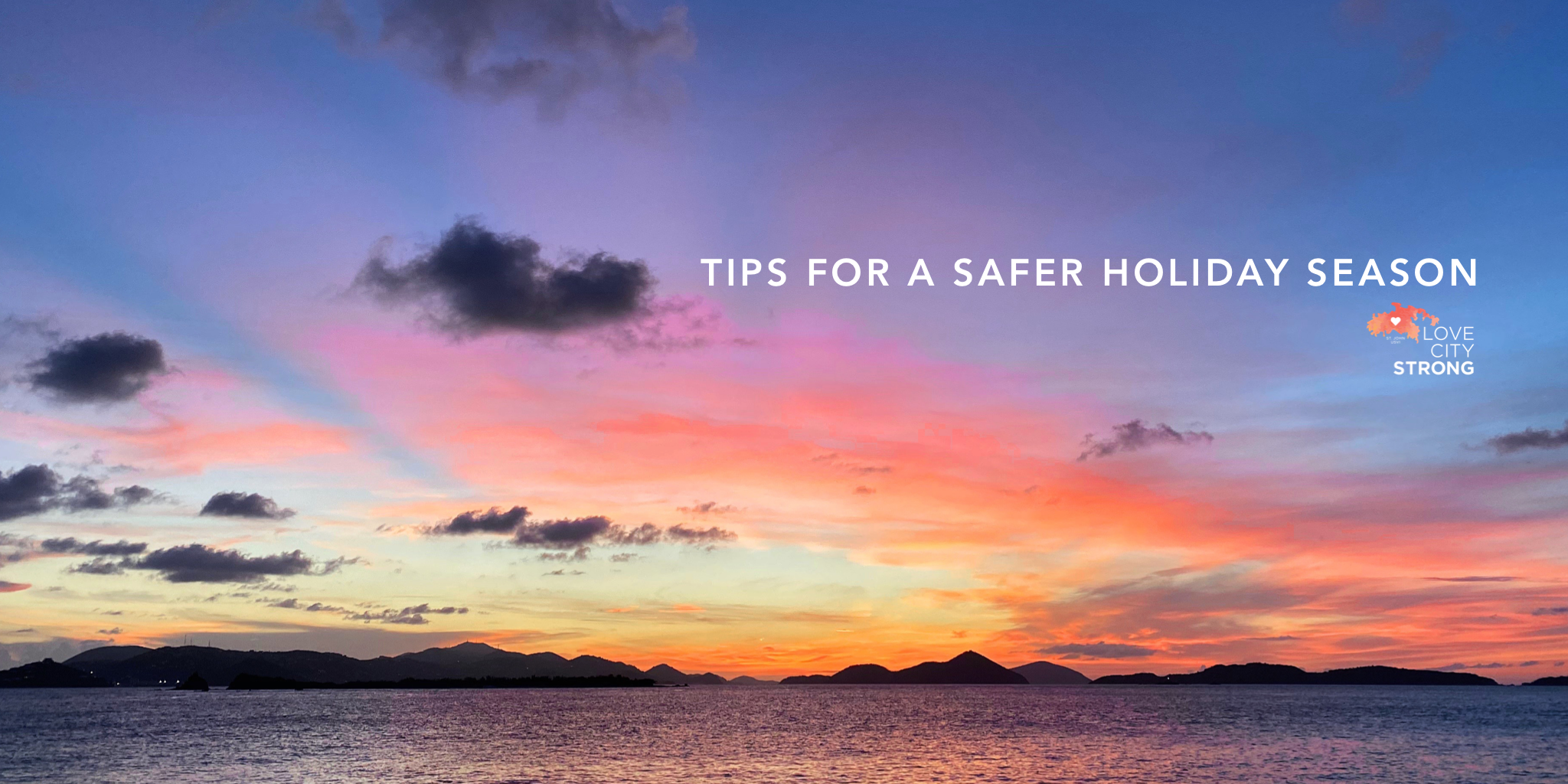
With the holiday season in full swing, people are gathering together again to reconnect with loved ones. However, data suggests another spike in cases of COVID-19 is likely. Extra precautions are still needed to slow the spread of the virus and its more contagious variants. With that in mind, we’ve pulled together some tips for a safer holiday season.
Incorporate as many layers of protection as possible at your holiday gatherings to keep all of your attendees safe. Consider the following options:
- Keep things small, especially if you invite seniors or people who are immunocompromised.
- Celebrate outdoors, or socially distanced indoors, to lower the chance of transmission.
- Have conversations with others about their vaccination status before you see them, and set boundaries ahead of time.
- Get a flu shot. The CDC estimates that flu shots in the U.S. reduce the risk of illness for 40-60% of the population.
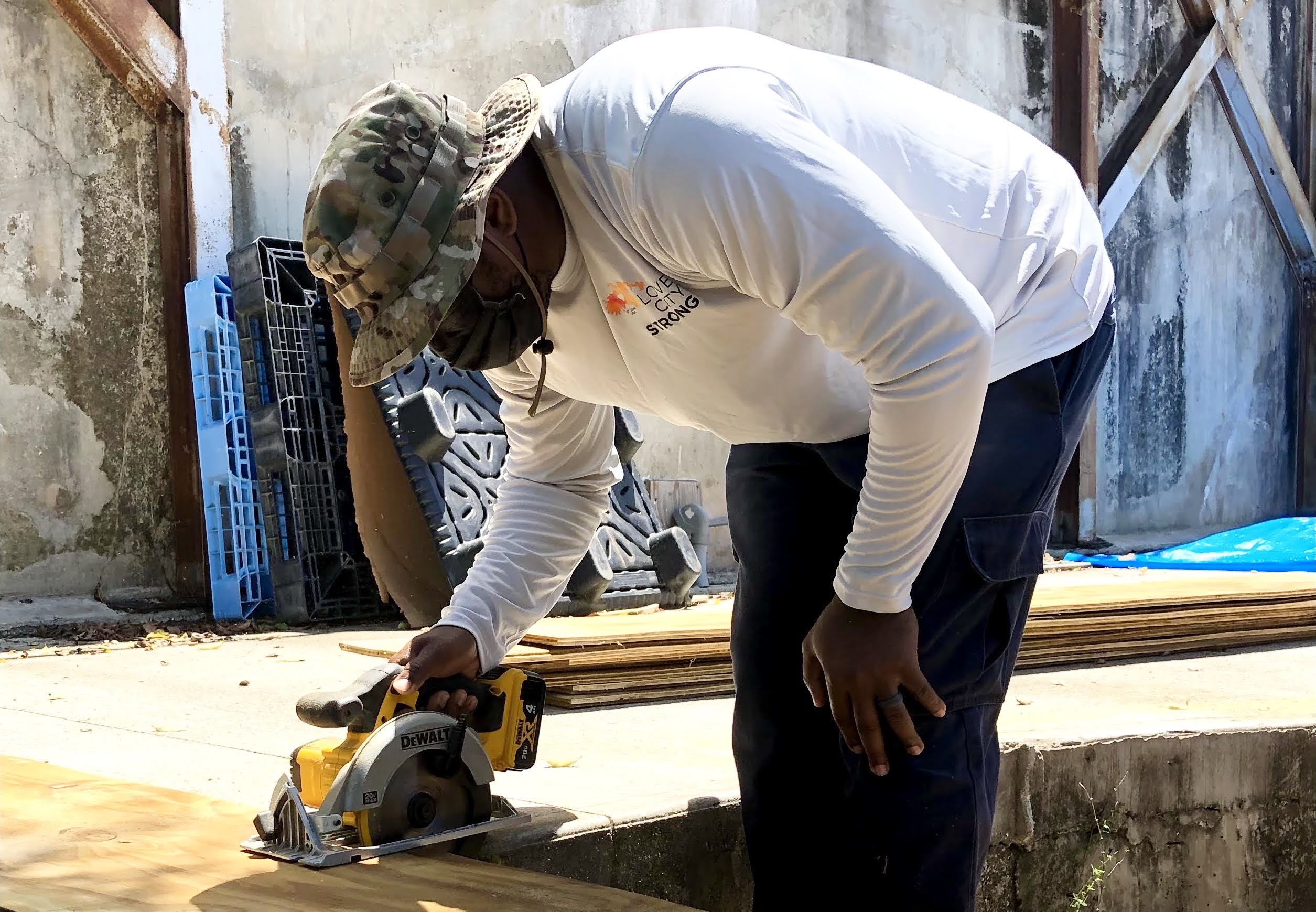
Our Operations Team plays a vital role in ensuring that we are prepared to respond to any kind of emergency that may arise. They are the backbone of our Disaster Preparedness programming. Alongside our Go Team, the Ops Team are the most visible members of our staff.
Who Are the Ops Team?
The Operations Team (aka the Ops Team) consists of the Operations Manager and the Asset Manager.
These two hardworking individuals work in tandem to meet our supply and equipment needs, and have different assigned duties and responsibilities that keep all of our programs running smoothly from the back end. They are also critical in ensuring that we stand ready to support our community in a crisis.
What Does the Ops Team Do?
We definitely couldn’t do our jobs without the Asset Manager! At Love City Strong, we believe in striving to meet our clients where they are instead of asking them to come to our office. Our Go Team is constantly in the field visiting clients who are receiving program services and performing home visits for seniors. To make this possible, we are privileged to give our teams company vehicles to use during the workday. We put a lot of miles on these vehicles, and that means they often need a lot of maintenance. The Asset Manager keeps our vehicles clean and running, addressing any maintenance issues and conducting safety checks every month. This is critical to ensuring that we can keep providing personalized, curated experiences for our clients.
The Operations Manager makes sure that we are receiving different first responder training every year. They research, coordinate, and provide the supplies for all of our staff training so that we are as prepared as possible to help others. Members of our team have received training in first aid, CPR, Emergency Medical Response (EMR), Community Emergency Response Team (CERT), Point of Distribution (POD), Chainsaw Sawyer, and more thanks to our Operations Manager’s hard work and dedication.
To better serve our community when there is a crisis, Love City Strong has 3 storage spaces across the island that house a variety of supplies. First aid supplies, road clearing supplies, portable solar lights, MREs, and boxed water are just some of the many supplies that we have ready to go if a disaster strikes. The Ops Team keeps these spaces inventoried, clean, and accessible if we ever need them.
They also meet regularly to research and assess other potential hazards to the community, and create plans to address those hazards through the ordering and stockpiling of supplies and equipment. Our Ops Team was critical in ensuring that we had PPE like masks, gloves, hospital gowns, and hand sanitizer in our possession before the first case of COVID-19 in the Virgin Islands was ever reported. The forward-thinking of our Ops Team allowed us to give these supplies to healthcare professionals, first responders, and frontline workers immediately to ensure there were no supply gaps in the early months of the pandemic.
Our storage spaces also house supplies to support projects led by our government partners in the areas of preparedness and readiness. When we were asked to help with mass-vaccination efforts on St. John, we were able to respond right away with tables, chairs, tents, PPE, office supplies, and hand sanitizer thanks to our Ops Team.
Key to Our Success
The Operations Team stays busy making sure that the Go Team, the seasonal Go Team, and our contractors have everything they need to be successful. They have a wealth of knowledge and skills, and are always thinking about what we can do to run our programs efficiently and fairly.
Donate today to ensure that our Operations Team has everything they need to support us, so that we can continue to support St. John.
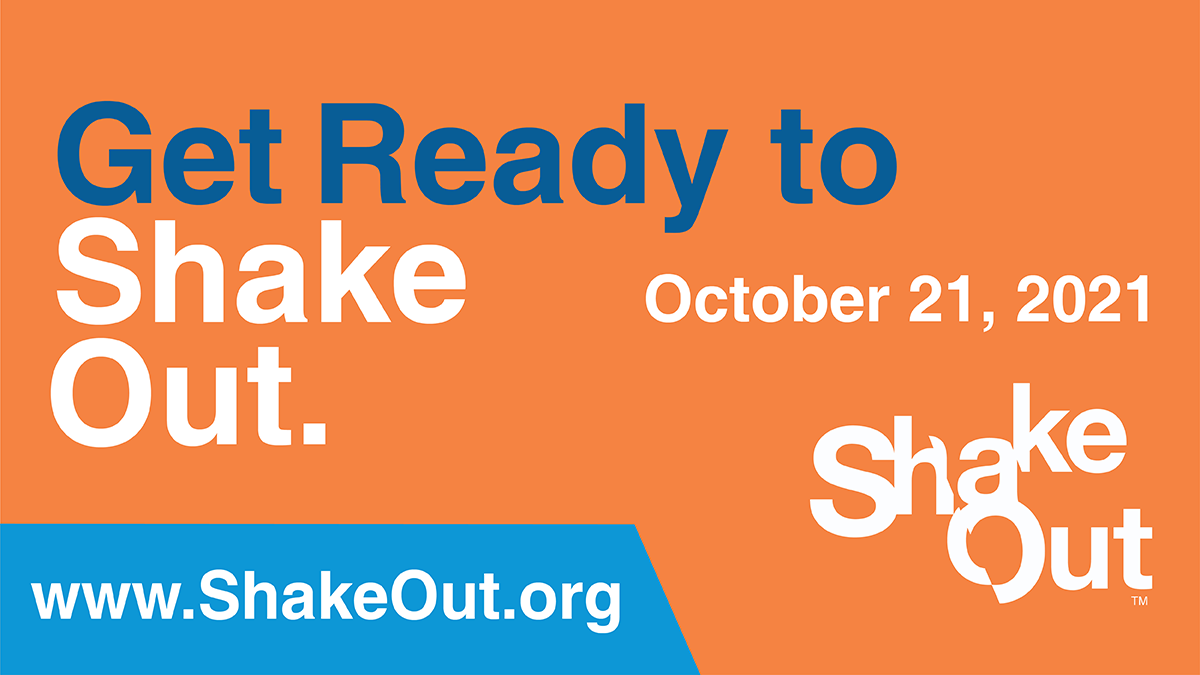
Earthquakes are occurring more frequently across the globe. Unlike many weather-related disasters, earthquakes often come without warning. Therefore it is crucial for households, businesses, and communities to be aware of the dangers that earthquakes pose and to get prepared.
Stay prepared for earthquakes by participating in the International Great Shake Out event (www.ShakeOut.org) on Thursday, October 21!
To participate in the Great Shake Out, visit their website, register, and upload a video of you and your loved ones performing an earthquake safety drill on October 21.
Check out our brand new Earthquake Safety Guide for more information. Print our guide out and place it on your refrigerator, or wherever you keep emergency information in your home. You can find this and other preparedness tip sheets, links, and videos on our What To Know page!
We encourage everyone to take the time to learn about earthquakes, consider what effects they may have on your community, and make a plan to keep yourself safe both during and after a quake. As with any disaster, the only “right time” to prepare is now!
